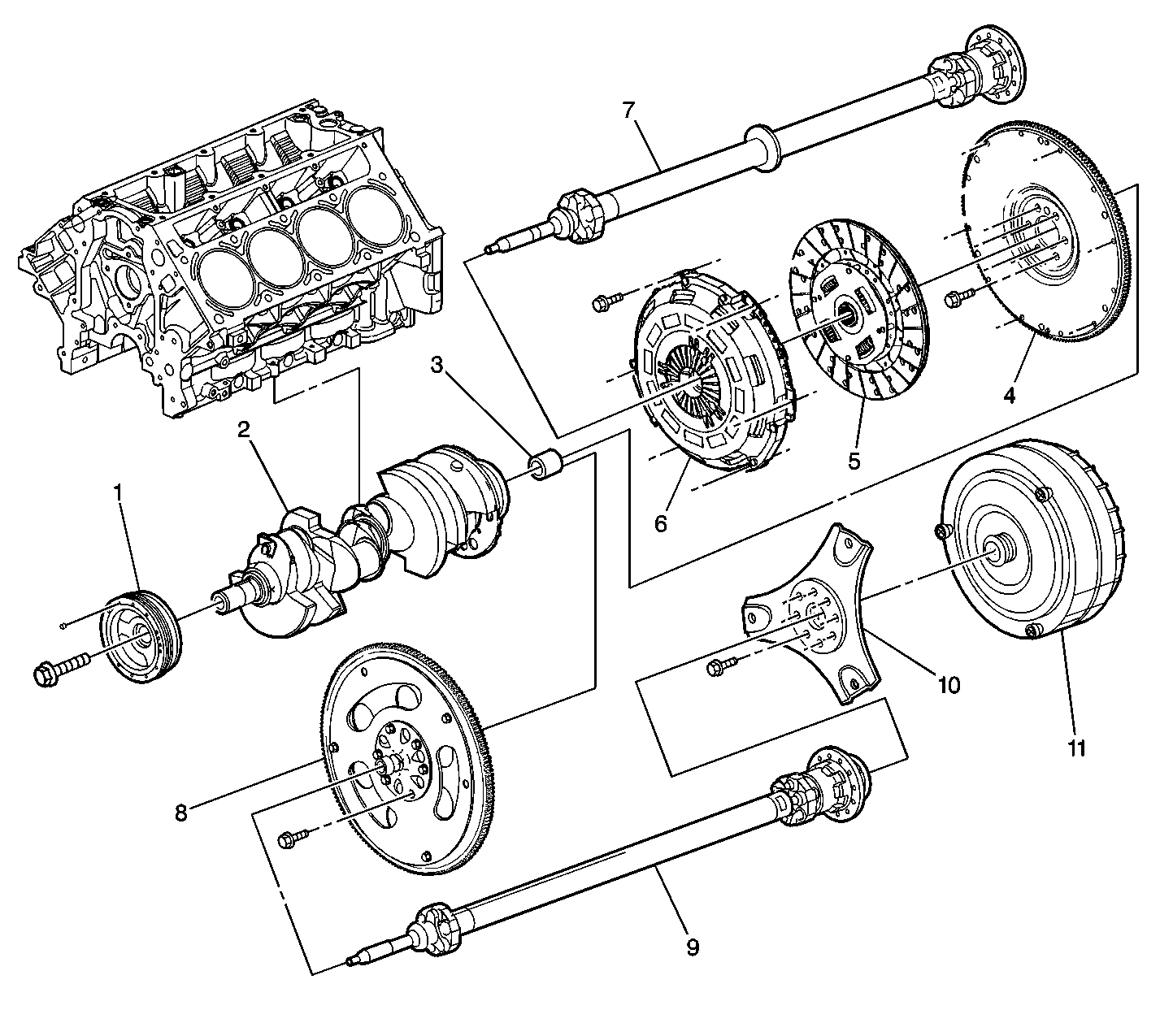At this point in the process of diagnosing the vibration;
the vibration has been duplicated and determined to be engine-speed sensitive.
Engine-speed related (RPM sensitive) vibration is usually due to one
or more of the following conditions:
Because these vibrations are all engine-speed related, they are normally
torque sensitive as well. These vibrations may appear and disappear at different
vehicle or road speeds (km/h, mph), but will always appear at the same
engine speed (RPM).
For example, if a customer states that a vibration is present at 40 km/h
(25 mph), 64 km/h (40 mph), and again at 104 km/h
(65 mph), and that the symptoms of the vibration are similar
at all of these speeds, the vibration is probably engine-speed related.
Any disturbance or vibration that is present during the following road
tests would be considered engine-speed related:
Any vibration that is present during the Neutral Coast-Down Test is
NOT engine-speed related.

